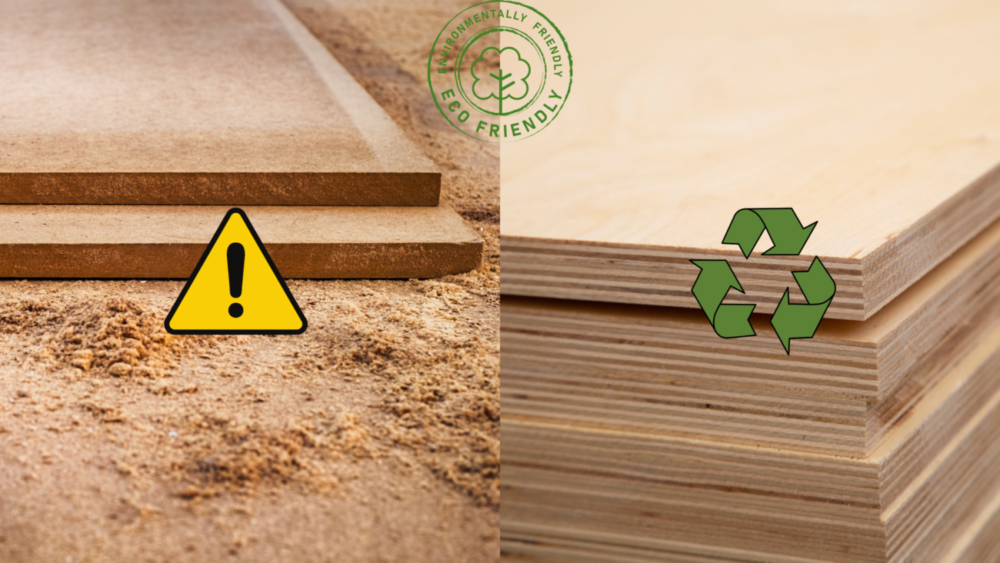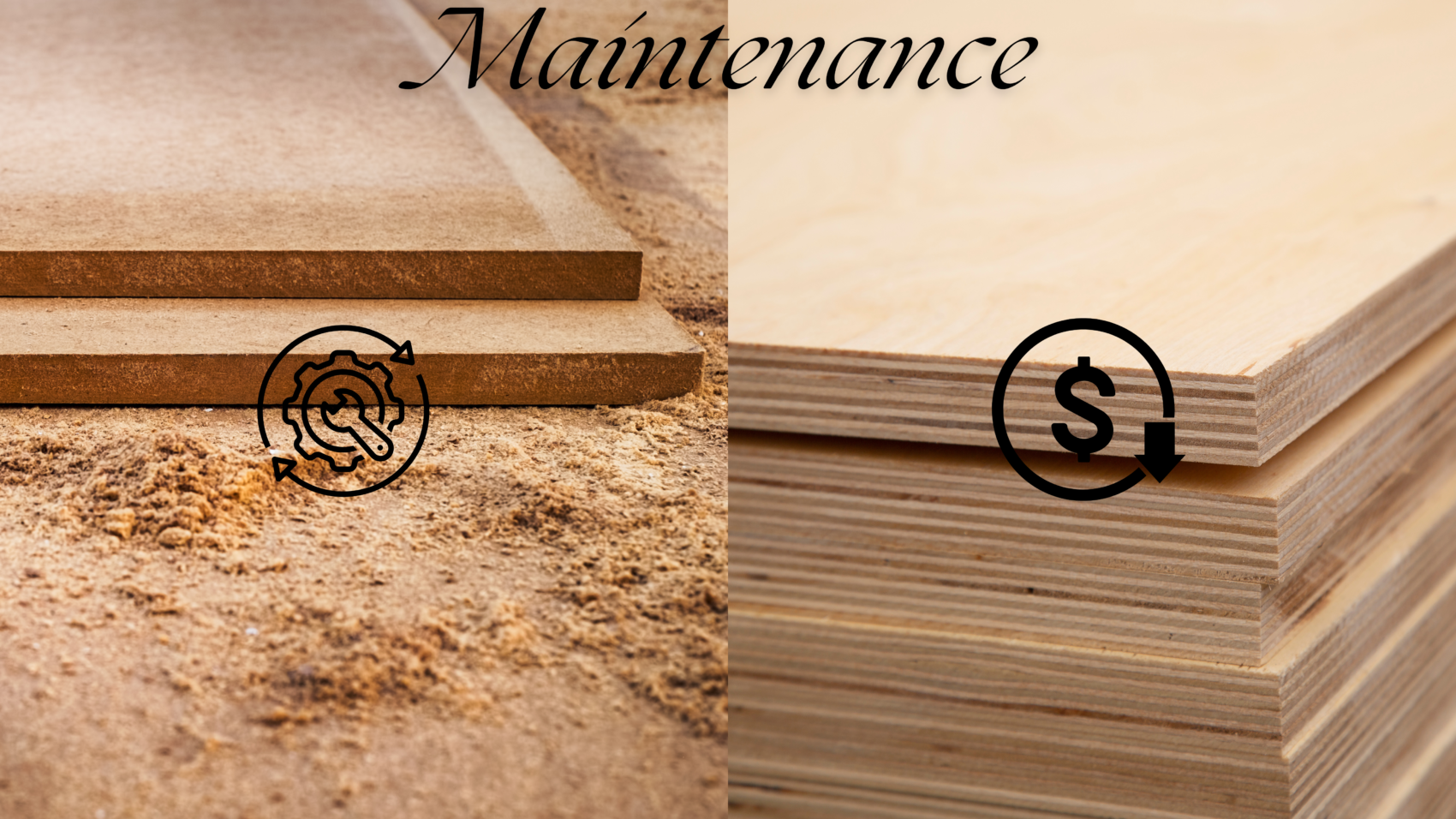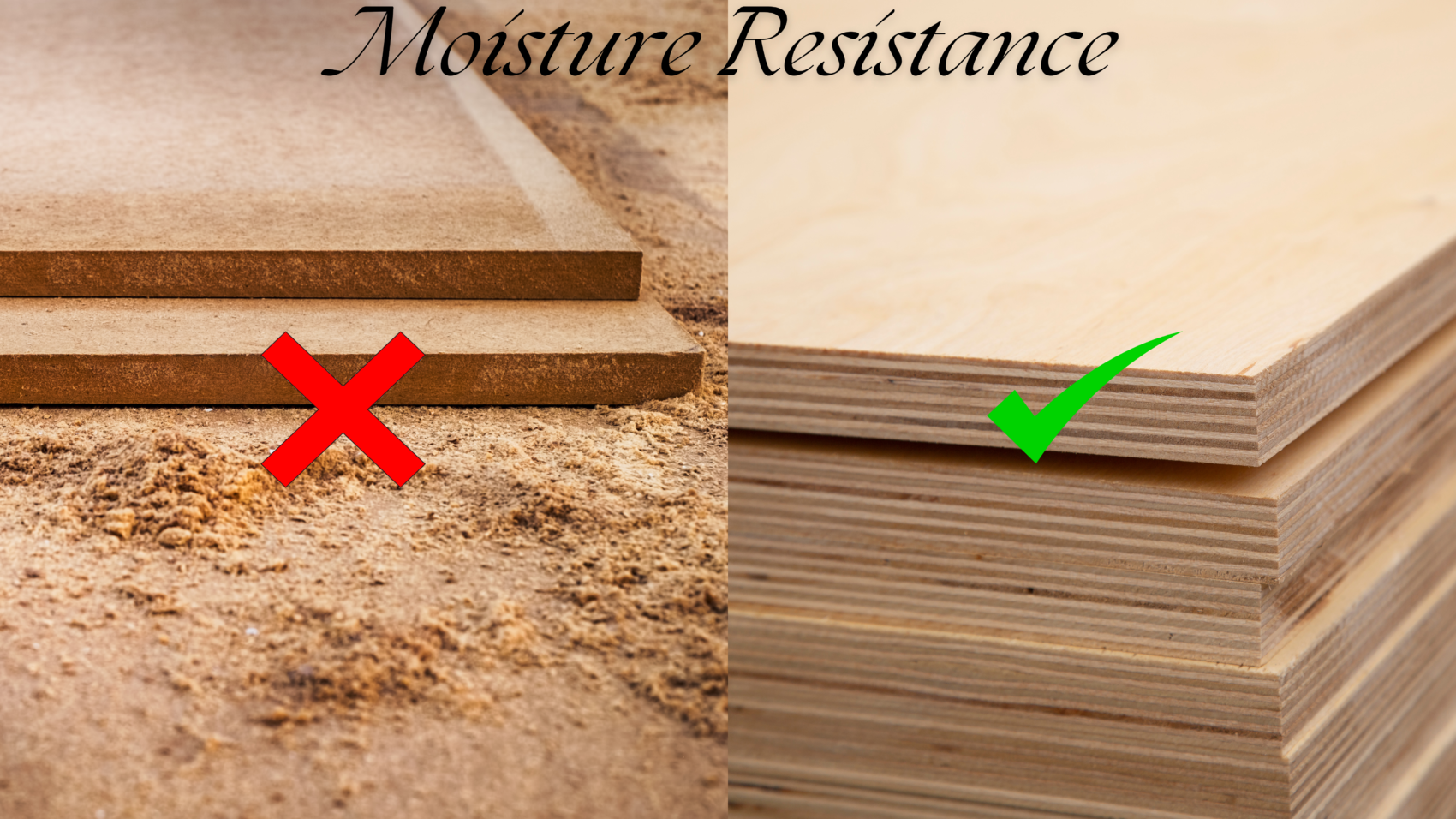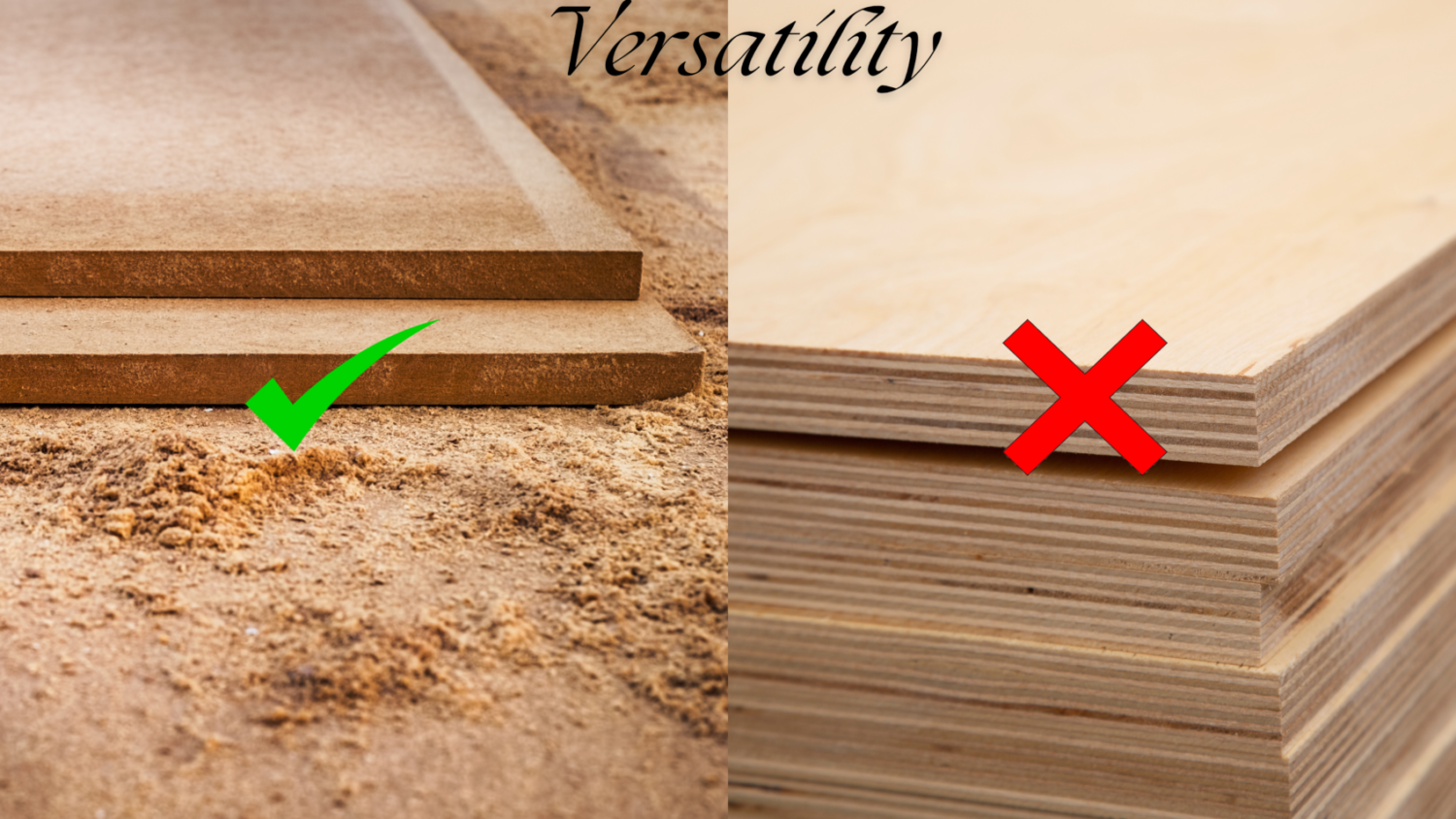In the labyrinthine journey of home interior design, one of the most intricate puzzles often encountered is the choice between mdf vs plywood. As two stalwarts in the realm of interior materials, these options offer distinct advantages and challenges, presenting homeowners with a web of dilemmas in their selection process.
1. Understanding mdf vs plywood:
At first glance , Medium Density Fiberboard (MDF) and Plywood may seem interchangeable, yet their compositions and characteristics diverge significantly. MDF comprises wood fibers bonded together with resin, offering a smooth surface ideal for painting and finishing. On the contrary, Plywood consists of layers of thin wood veneers stacked and glued in alternating directions, providing strength and durability.

2. The Conundrum of Durability in mdf vs plywood:
The battle between MDF and Plywood often hinges on durability. Plywood, owing to its layered structure, exhibits greater resistance to moisture, warping, and general wear and tear compared to MDF. However, MDF's smoother surface and uniformity make it an appealing choice for certain design elements.

3. Weight vs Strength in mdf vs plywood:
Plywood, being constructed from natural wood, is generally heavier and sturdier than MDF. This factor becomes crucial when considering load-bearing structures or furniture pieces that require robustness without excessive weight.

4. Budgetary Tightrope in mdf vs plywood:
Navigating the financial aspect can be perplexing. MDF tends to be more cost-effective than Plywood, making it an attractive choice for homeowners looking for economical options without compromising much on quality. Here in the battle between mdf vs plywood, victory is claimed by MDF.

5. Environmental Impact in mdf vs plywood:
Lets see the environmental impact created by mdf vs plywood. For the ecologically conscious, understanding the environmental impact is pivotal. Plywood, being a natural wood product, is deemed more sustainable than MDF, which involves the use of resin and requires more energy in its production process.

6. Aesthetic Quandary in mdf vs plywood:
While both materials are amenable to various finishes, the choice might be guided by the desired aesthetic. MDF's smoother surface allows for a flawless finish, making it ideal for intricate designs and paint applications. Conversely, Plywood's natural grain lends a distinct charm that complements certain design themes. The battle of mdf vs plywood ends in a draw.

7. Maintenance Maze in mdf vs plywood:
Maintenance considerations often tip the scale in decision-making. Plywood's innate strength often translates to lower maintenance requirements compared to MDF, especially in areas prone to moisture or high traffic.

8. Environmental Conditions in mdf vs plywood:
Understanding the environmental conditions of the space is crucial. Areas with high humidity, such as bathrooms or kitchens, may demand the moisture-resistant properties of Plywood over the susceptibility of MDF to moisture damage.

9. Application Complexity in mdf vs plywood:
The complexity of the project can also influence the choice between MDF and Plywood. Intricate designs or structures may benefit from MDF's versatility, while larger, load-bearing elements might demand the robustness of Plywood.

10. Long-term Viability in mdf vs plywood:
Looking ahead, assessing the long-term viability of the chosen material becomes imperative. Understanding how MDF and Plywood age, react to environmental changes, and sustain over time aids in making an informed decision.
The Impact of Informed Material Selection:
Understanding the nuances between MDF and Plywood empowers homeowners to make informed decisions tailored to their specific needs, preferences, and the context of their space. Implementing this knowledge ensures the desired functionality, durability, aesthetics, and sustainability are harmoniously aligned.
Implementation:
When implementing this knowledge, consider seeking professional guidance from interior designers or experts who can assess your unique requirements and guide you through the labyrinth of material selection.
The Ramifications of Oversight:
However, failure to comprehend the disparities between MDF and Plywood may lead to misaligned expectations, compromised structural integrity, increased maintenance, and dissatisfaction with the overall design outcome.
Conclusion:
In the intricate tapestry of interior design, the choice between MDF and Plywood stands as a pivotal decision that can significantly impact the functionality, aesthetics, and longevity of home interiors.
By grasping the complexities inherent in these materials, homeowners embark on a journey towards creating spaces that seamlessly blend practicality with beauty.
By understanding the nuances and implications, you can confidently navigate through this labyrinthine choice, ensuring your interior design endeavors are a testament to informed decision-making and meticulous planning.